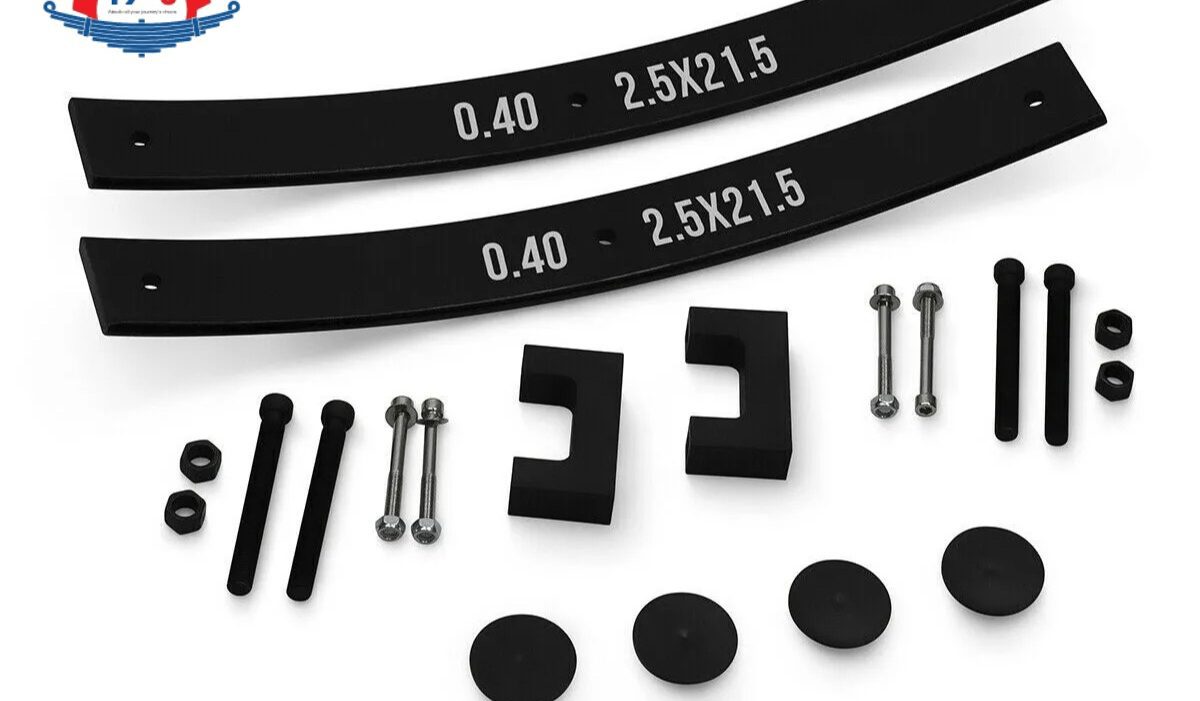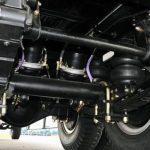Leaf springs are one of the oldest and simplest forms of vehicle suspension, consisting of one or more arc-shaped plates of spring steel that are attached to the axle and chassis. However, not all leaf springs are made of the same type of steel. Different types of steel have different properties and characteristics that affect the performance and durability of leaf springs. In this article, we will explore the common types of steel used for leaf springs, the factors that influence the selection of steel type, and the advantages and disadvantages of each type.
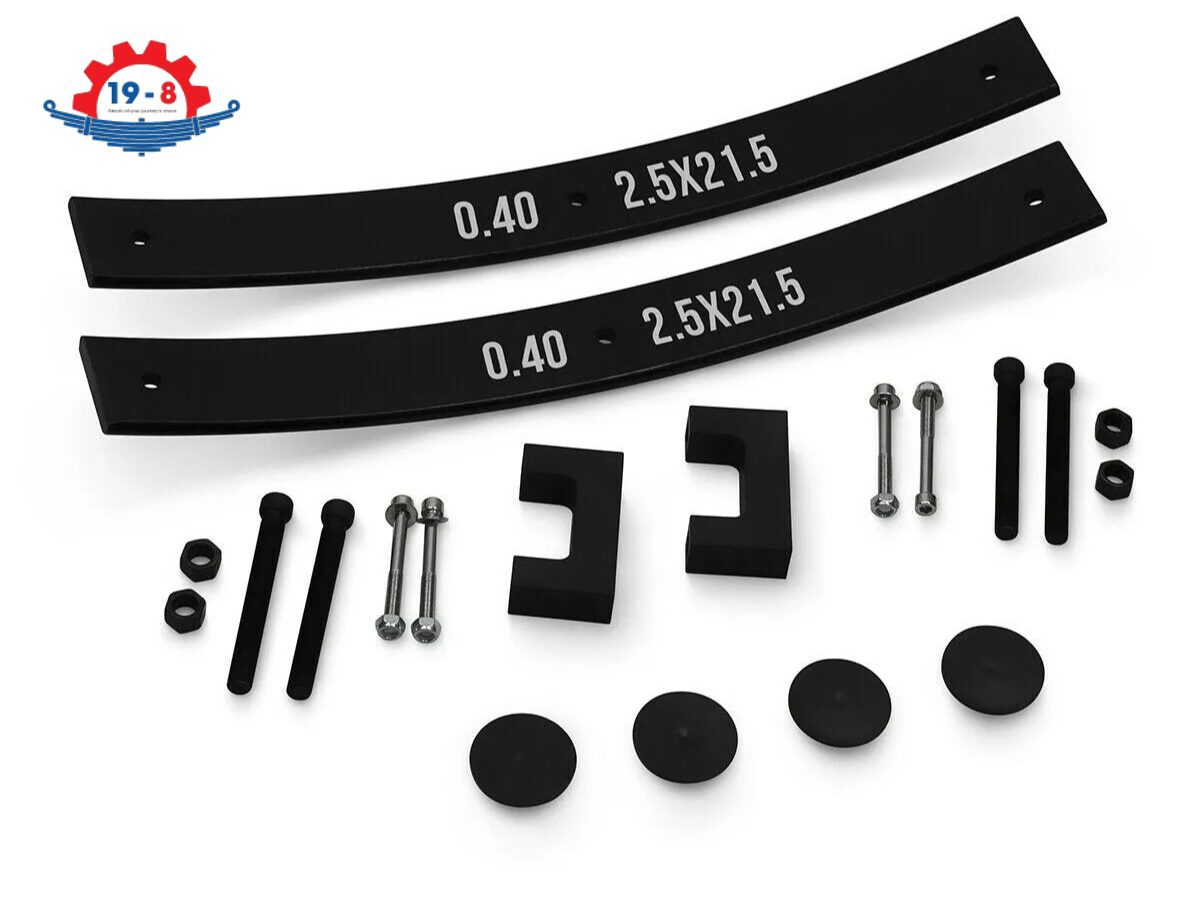

Common Leaf Spring Steel Types
Many types of steel can be used for leaf spring applications, but some of the most common ones are:
SUP9 and SUP11A Steel
SUP9 and SUP11A are two grades of spring steel that are widely used in the automotive industry, especially in Asia. They are equivalent to the SAE grades 5155 and 5160, respectively. These steels have a medium carbon content (0.52-0.60% for SUP9 and 0.56-0.64% for SUP11A) and a high manganese content (0.65-0.95% for both grades), which enhance their hardenability and strength. They also contain chromium (0.65-0.95% for SUP9 and 0.70-0.90% for SUP11A), which improves their corrosion resistance and wear resistance.
SUP9 and SUP11A steels are suitable for leaf springs that require high strength, toughness, and fatigue resistance. They are commonly used for passenger cars, light trucks, buses, and trailers. They can be heat-treated by quenching and tempering to achieve the desired mechanical properties and hardness.
5160 steel
5160 steel is one of the most popular types of steel used for leaf springs in North America. It is a high-carbon steel (0.56-0.64% carbon) with a low alloy content (0.75-1.00% manganese, 0.70-0.90% chromium, and up to 0.15% vanadium). It has excellent toughness, ductility, and fatigue resistance, making it ideal for heavy-duty applications. It also has good corrosion resistance and wear resistance, thanks to the chromium content.
5160 steel is widely used for leaf springs that require high performance and durability, such as in trucks, SUVs, and off-road vehicles. It can be heat treated by oil quenching and tempering to achieve the desired mechanical properties and hardness. It can also be forged and welded easily, making it versatile and adaptable.
9260 steel
9260 steel is another type of steel used for leaf springs, especially in Europe. It is a high-carbon steel (0.56-0.64% carbon) with a high alloy content (1.80-2.20% silicon, 0.80-1.10% chromium, and up to 0.15% vanadium). It has superior toughness, strength, and fatigue resistance, making it suitable for extreme conditions. It also has good corrosion resistance and wear resistance, thanks to the silicon and chromium content.
Primarily employed for leaf springs demanding superior performance and reliability, 9260 steel finds its application in heavy-duty and off-road vehicles. Achieving desired mechanical properties and hardness is attainable through oil quenching and tempering. The steel’s versatility and ease of forging and welding make it an adaptable choice in various applications.
Composite Materials
Composite materials are not steel, but they are also used for modern leaf springs. Composite materials are made of two or more different materials that are combined to create a new material with improved properties. For example, fiberglass, carbon fiber, and epoxy resin are common composite materials used for leaf springs. These materials have high strength, stiffness, and fatigue resistance, but low weight and density, making them ideal for reducing the vehicle weight and improving the fuel efficiency. They also have good corrosion resistance and wear resistance, making them durable and long-lasting.
Composite materials are mainly used for leaf springs that require high performance and efficiency, such as in sports cars, racing cars, and electric vehicles. They can be manufactured by various methods, such as molding, extrusion, and filament winding. They can also be designed and customized to meet specific requirements and specifications.
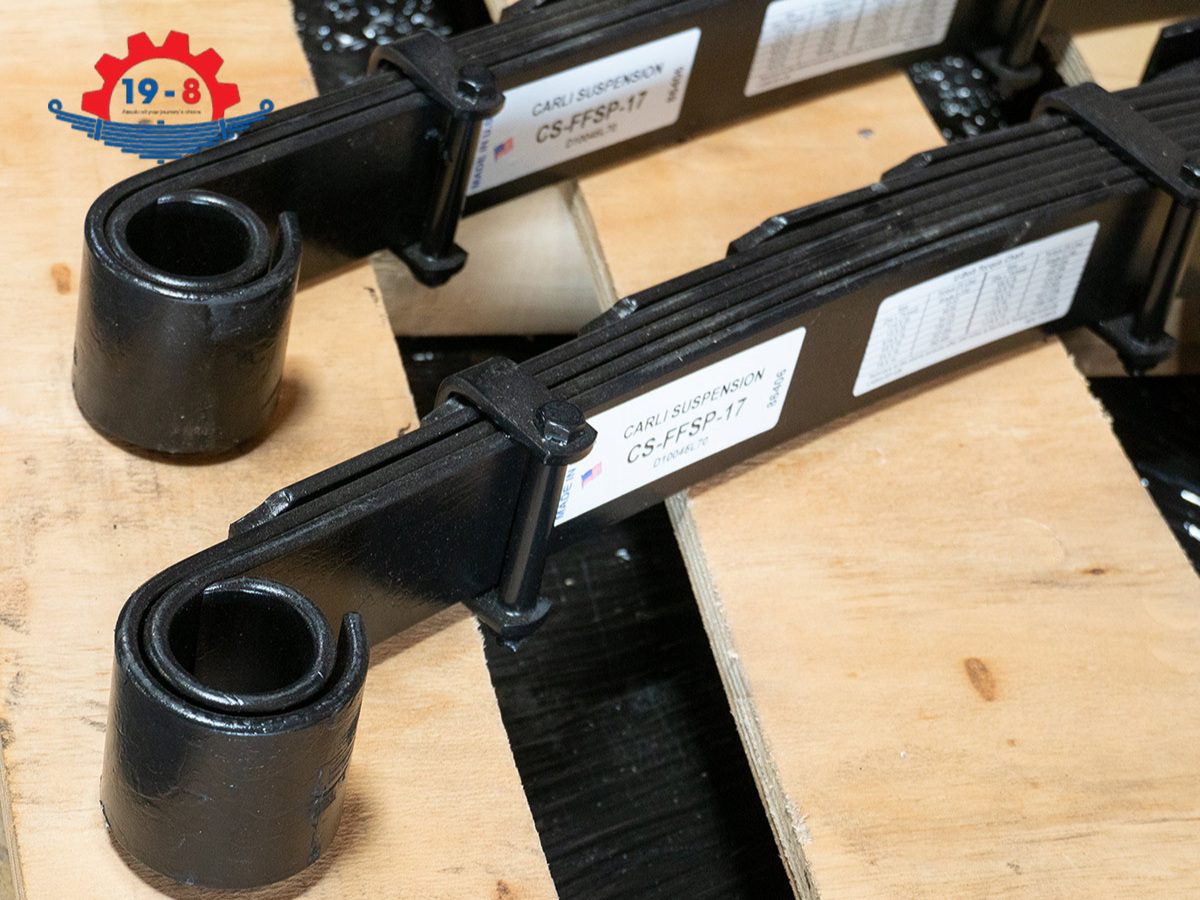

Factors Influencing Steel Type Selection
The selection of steel type for leaf springs depends on various factors, such as:
Vehicle Application
The intended use of the vehicle influences the steel type selection, as different vehicles have different requirements and expectations for the leaf springs. For example, passenger cars and light trucks need leaf springs that can provide a smooth and comfortable ride, while heavy trucks and off-road vehicles need leaf springs that can withstand high loads and shocks.
Therefore, the steel type should match the vehicle application, in terms of strength, toughness, fatigue resistance, and weight.
Weight Distribution and Load Capacity
The selection of steel type is influenced by the weight distribution and load capacity of the vehicle, factors crucial in determining the stress and strain experienced by leaf springs. For instance, a vehicle with a high center of gravity and substantial payload requires leaf springs capable of supporting weight to prevent rollovers.
Conversely, a vehicle with a low center of gravity and a smaller payload benefits from leaf springs that offer stability and agile handling. Therefore, the chosen steel type should align with the vehicle’s weight distribution and load capacity, considering factors like stiffness, elasticity, and resilience.
Environmental Factors
The choice of steel type is impacted by the environmental conditions in which the vehicle operates, subjecting the leaf springs to diverse elements that can impact their performance and longevity. In humid and salty environments, corrosion-resistant leaf springs are essential to combat rust, while vehicles in dry and dusty settings benefit from leaf springs with robust wear resistance.
Hence, the selected steel type should align with environmental factors, prioritizing corrosion resistance and wear resistance accordingly.
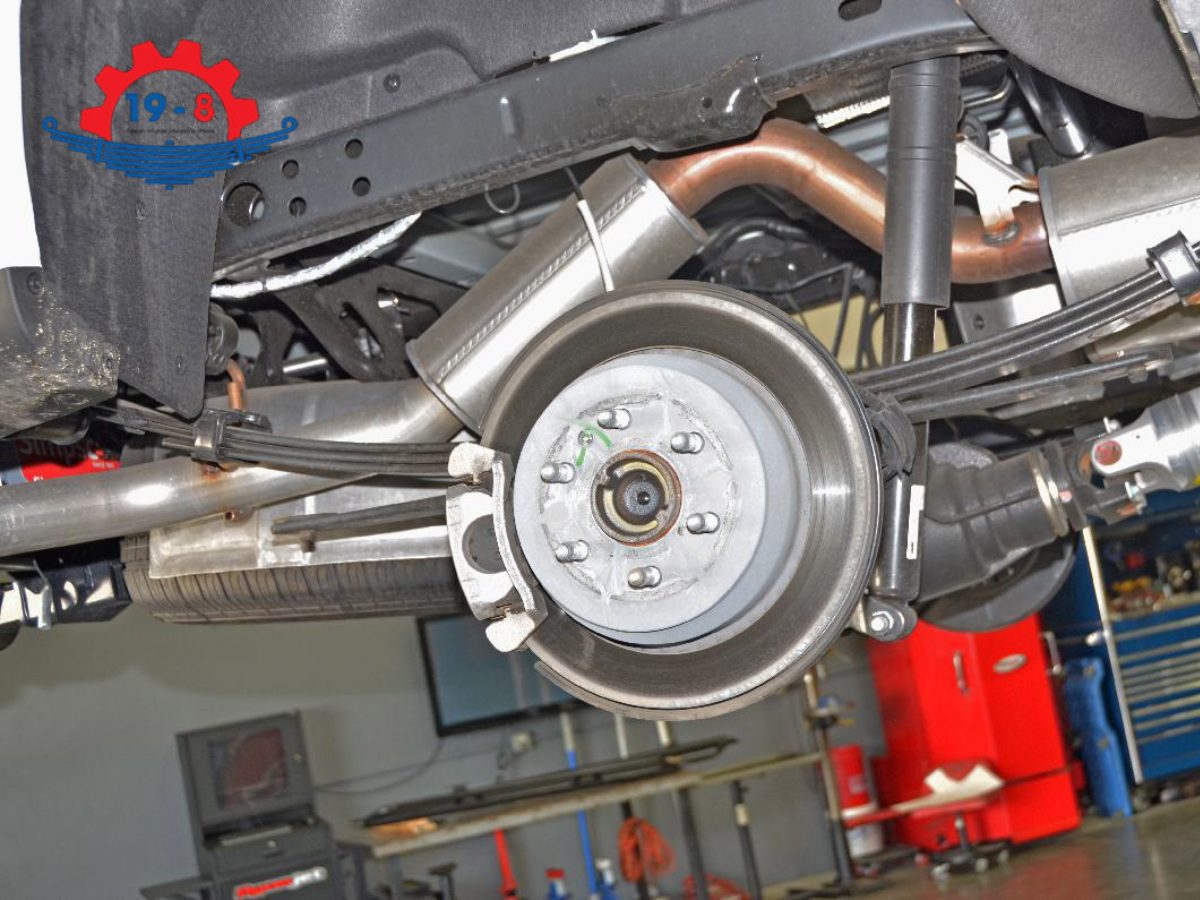

Leaf springs are one of the oldest and simplest forms of vehicle suspension, but they are still widely used in various applications and industries. However, not all leaf springs are made of the same type of steel. Different types of steel have different properties and characteristics that affect the performance and durability of leaf springs. Therefore, the selection of steel type for leaf springs depends on various factors, such as vehicle application, weight distribution and load capacity, and environmental factors. By choosing the right steel type for leaf springs, the vehicle can achieve the optimal balance of comfort, safety, and efficiency.



